AVIATION
The Fastest Commercial Planes in the World: Past, Present, and the Future
Published
2 years agoon
By
Gems Sierra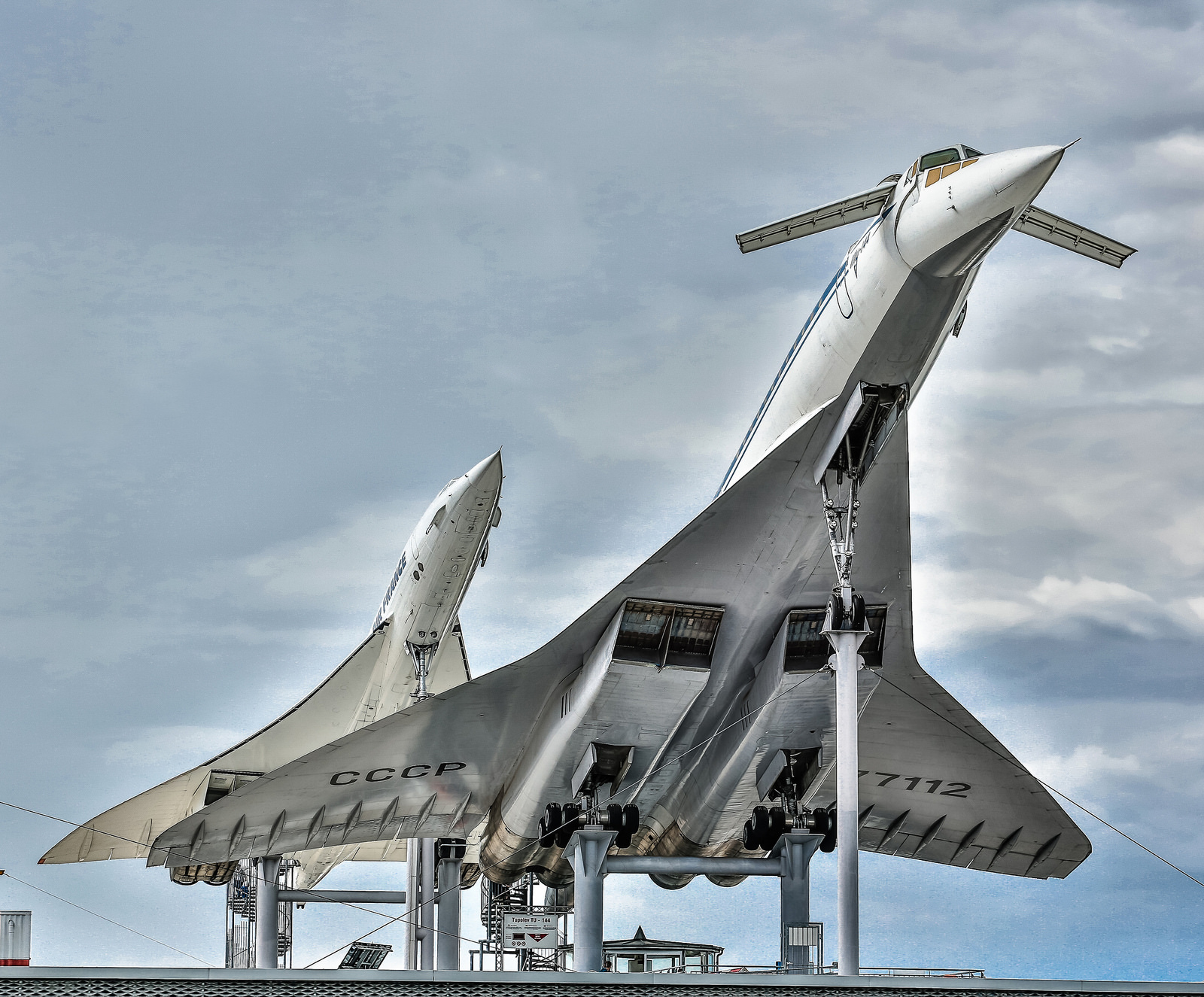
Imagine flying at the speed of sound. This imagination, almost half a century back, was a reality.
Most recently, the Indian Air Force had to deal with the unfortunate crash of one of their Mig-21s- a supersonic jet. An experimental aircraft by the name of the North American X-15 traveled almost 7 times the speed of sound. Despite the charm of traveling at a pace that breaks the barrier of sound, one might rue that these aircraft were not commercial in nature: the first was a fighter jet, while the latter flew so high that the pilots were deemed astronauts. In their own nations or the vicinity of their operations, they might rightly be the “fastest aircraft” but not the “fastest commercial aircraft.”

Well, there have been aircraft like the Concorde and Tupolev T-144, which, in addition to flying faster than sound, were commercial in nature. Their sleek body shape and their delta wings culminated in capturing the imagination of the people. But both of them are retired now. One of the biggest threats these posed was environmental: the operation of 500 of these could have reduced the ozone by as much as 2%. Without the operation of these aircraft that fly faster than sound, which is the fastest commercial aircraft now?

In 2022, Bombardier revealed that it would operate the fastest commercial aircraft- the Global 8000. It is expected to operate at a speed that is quietly tucked just underneath the speed of the sound. The company also revealed that during the demonstration, it inched past the speed of sound- and that too with Sustainable Air Fuel. But this might not be the “fastest commercial aircraft” as of now, as it is expected to operate in 2023.
Before we take a look at the fastest commercial airplane in the world, let’s run through a few interesting numbers that show how aircraft speed has evolved over time.
A Few Interesting Numbers Related to the Fastest Commercial/ Non-Commercial Aircraft:
- North American X-15 is the fastest manned aircraft ever flown. It set a speed record of Mach 6.7 (4,520 mph or 7,274 km/h) in 1967.
- Tupolev Tu-144, which had a maximum speed of Mach 2.35 (1,550 mph or 2,500 km/h), is the fastest commercial aircraft ever flown.
- The fastest military aircraft currently in service is the Lockheed SR-71 Blackbird, which has a top speed of Mach 3.3 (2,193 mph or 3,529 km/h).
- Eurocopter X 3 is the fastest helicopter ever built. It reached a top speed of 293 knots (337 mph or 543 km/h) in 2013.
- At a cruising speed, commercial airliners typically fly at 550-600 mph (885-965 km/h).
- The speed of sound, which in Scientific terminology is expressed as Mach 1, is approximately 761 mph (1,225 km/h). This standard is set at sea level, but temperature and altitude also alter this speed.
- NASA X-43A holds the record for the fastest non-rocket-powered aircraft. It reached a top speed of Mach 9.6 (7,310 mph or 11,744 km/h) in 2004.
History of Commercial Aircraft Speed
The very first aircraft

Wright Flyer I of Wilbur and Orville Wright, Kitty Hawk, North Carolina, 1903
The first ever aircraft, which was built by the famed Wright Brothers, was known as Wright Flyer I. When it first took to the skies on 17 December 1903, it flew 120 ft. And doing so took 12 seconds. That speed of 12 kilometers per hour or so, which is rather sluggish in comparison to the speed of modern aircraft, was a momentous occasion that inspired famed Aviators such as Charles Lindburg and Raymonde de Laroche.
The World War
During the World Wars, the speed of aircraft really took off. And one competition in particular: Schneider’s Trophy, deserves some credit for that. Jacques Schneider was an aviator who once held a record for the highest altitude in a balloon but was unable to fly after a terrible accident.
In order to support aviation, he set forth a trophy worth around 2 million dollars of valuation before and after the First World War. When the competition started in 1913, the winning aircraft had a speed of around 73 kilometers per hour, but when the final edition was held in 1931, the winning aircraft had a speed of 547 kilometers per hour- an advancement that was almost 10 fold.
Post-World War Aircraft Speeds
After the World Wars, the globe was polarized with the “Democratic” faction and the “Communist” faction trying to outdo each other in every field. The Soviet Union was the country that was the poster figure for communism which first made it to space, much to the fury of the US, and also went on to design Tupolev Tu-144. The democratic nations, on the other hand, had a marvel of their own- the Concorde.

How Concorde and Tupolev Broke the sound barrier

All features of an aircraft, including the wing geometry, can be optimized and designed to sustain the fastest speed. Both the Tupolev 144 and Concorde were equipped with Delta-shaped wings. These are triangular in form and, when viewed from the top, appear like the vertex of the triangular wing is attached to the frontal section.
These are highly efficient at achieving supersonic speeds as they help cut across drag, thereby improving lift. This type of wing is usually seen on military aircraft. The front of the wings in both these types were highly swept too. These wings are not your typical wings that are oriented straight sideways but have an acclivity of slightly forwards or backward. This is advantageous while dealing with shock waves as these pressure waves dump lift while increasing the drag during supersonic speed.
Fastest Commercial Aircraft in operation

The fastest commercial aircraft currently in operation is Boeing 747-8i. Also known as the 747-8 Intercontinental, this version of Boeing has a Mach Speed of M0.86. As only Lufthansa, Air China, and Korean Air offer passenger services on the Boeing 747-8I, it might, statistically, be difficult to get on the flight of the “King of the Skies.”
Why did supersonic commercial aircraft take a turn for the worse?
Given that the fastest commercial aircraft in operation today is not even half as fast as the fastest commercial airlines that once operated, there will always be questions as to why they were retired. After all, the flight time on them would have been cut down by almost 3 times compared to the fastest fliers around the globe.
Environmental Impact
The supersonic aircraft had a debilitating impact on the environment and the ecological system. It has been common knowledge that the combustion of fuels releases greenhouse gasses such as carbon dioxide and nitrogen oxides, and particulate matter, which affects weather patterns and temperatures. There were reports which claimed that the introduction of 500 aircraft with exhaust particles similar to that of Concorde would increase skin cancer by as much as 4%.
The loud noises generated by running engines were also found to impact residents on the ground over whom the supersonic aircraft flies. The sonic boom, i.e., the formation of shock waves as the aircraft reaches a speed of sound, produces sudden loud bang noise in the air that is detrimental to the skyscrapers and other structures in the vicinity where the aircraft is flying through- not to mention its effect on woodland.
High Fuel Consumption
One of the biggest drawbacks of supersonic aircraft like the Concorde and Tupolev Tu-144 was their exorbitant consumption. Speeds of almost M2.0 require higher thrust, which necessitates a higher fuel flow rate for combustion.
Concorde was powered by four Rolls-Royce/SNECMA Olympus 593 engines. These are what actually served to increase the thrust and reach the supersonic speed. Despite the implementation of such cutting-edge technology, each of the supposed fuel-efficient engines burned 25629 liters per hour of fuel in the air. Concorde operated at around 15 passenger miles per gallon of fuel, while aircraft such as Boeing 707 and 747 were two and three times more fuel efficient.
Commercially, Supersonic jets are the future
There are plentiful reasons that exemplify the need for a supersonic flight. Reducing air-time will save time, allowing for the possibility of taking a flight in a day, having your business deal done, and returning back to your hometown the very day.
It also feels as if commercial aircraft have hit a hiatus of sorts, as we’ve not seen a revolution in the air industry much like we’ve seen in the field of computer technology. But this increased wealth of knowledge will also transmute into the air industry. We’ve already seen that single pilot operation by 2030 are being touted.
In addition, the bettering of space technologies, such as a Japanese company’s private attempt at landing on the moon or Space X’s ambitious targets, will bring forth technologies that the aerospace industry will undeniably use.
Some Proposed plans for making Commercial Flights Supersonic
While some are pessimistic about Supersonic flight by this decade, others are confident. In the past, it was observed that some companies dropped their long hold project to make the flight come true. However, there are other companies like Spike Aerospace and Boom Technology, which are incessantly working ahead for the launch of the flight.
With the agreement of the world’s largest airline, American Airlines, to purchase 20 Boom Overture aircraft, it seems plausible for the expansion of the supersonic market once the program is initiated, turning the whole airline industry into a supersonic set.

Technologies to mitigate the disasters associated with Supersonic Flight
Despite all of these advancements, the imperative is for the aviation community to not shower environmental disasters like that of Concorde again. Working on suppressing the noise from supersonic aircraft is a must. To get around these problems, Boom Overture uses acoustic lines and chevrons on engines to reduce overall noise level while also adopting changes in aerodynamic design to reduce the intensity and duration of the sonic boom.
Renewable non-fossil fuels such as Sustainable Aviation Fuel, Hydrogen, biofuels, and even electricity can substitute fossil fuels. And with the Market of Sustainable Air Fuel expected to become as high as 800 million dollars within this decade, emissions are expected to reduce to a bare minimum.
Sustainable aviation fuel use for commercial flight has been approved by regulatory agencies such as the Federal Aviation Administration and European Union Aviation Safety Agency, and with that, Boom Overture has announced using SAF 100% as an energy source for the engine.
Conclusion
In conclusion, supersonic flights will help us save a great deal of time in addition to sustaining technological advancement. The problems that arise from supersonic flight are not easily solvable, and there is still much work to be done before we can address the undeniable impact it can have on the environment. But supersonic flights fully operable by the use of Sustainable Air Fuels are a delight of a proposition.
You may like
-
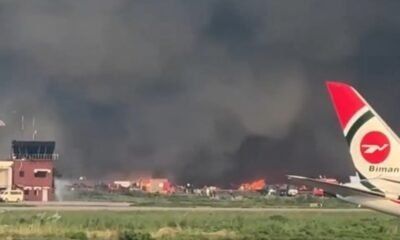

Massive Fire Erupts at Dhaka’s Hazrat Shahjalal International Airport — Flight Operations Suspended
-


Nepal Airlines’ Guangzhou Flight Postponed: Mismanagement or Diplomatic Delay
-
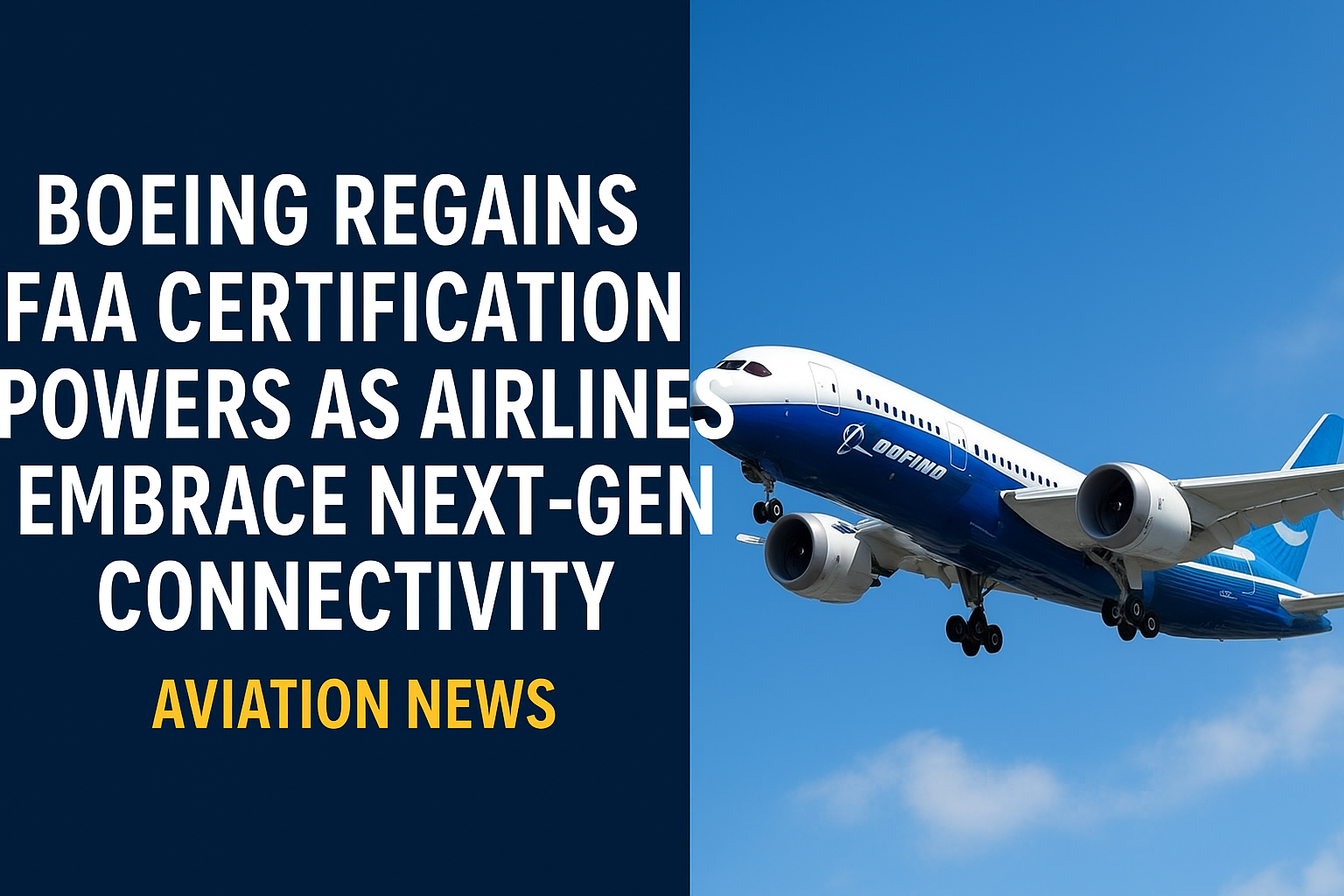

Boeing Regains FAA Self-Certification Rights, Airlines Eye New Connectivity Upgrades
-
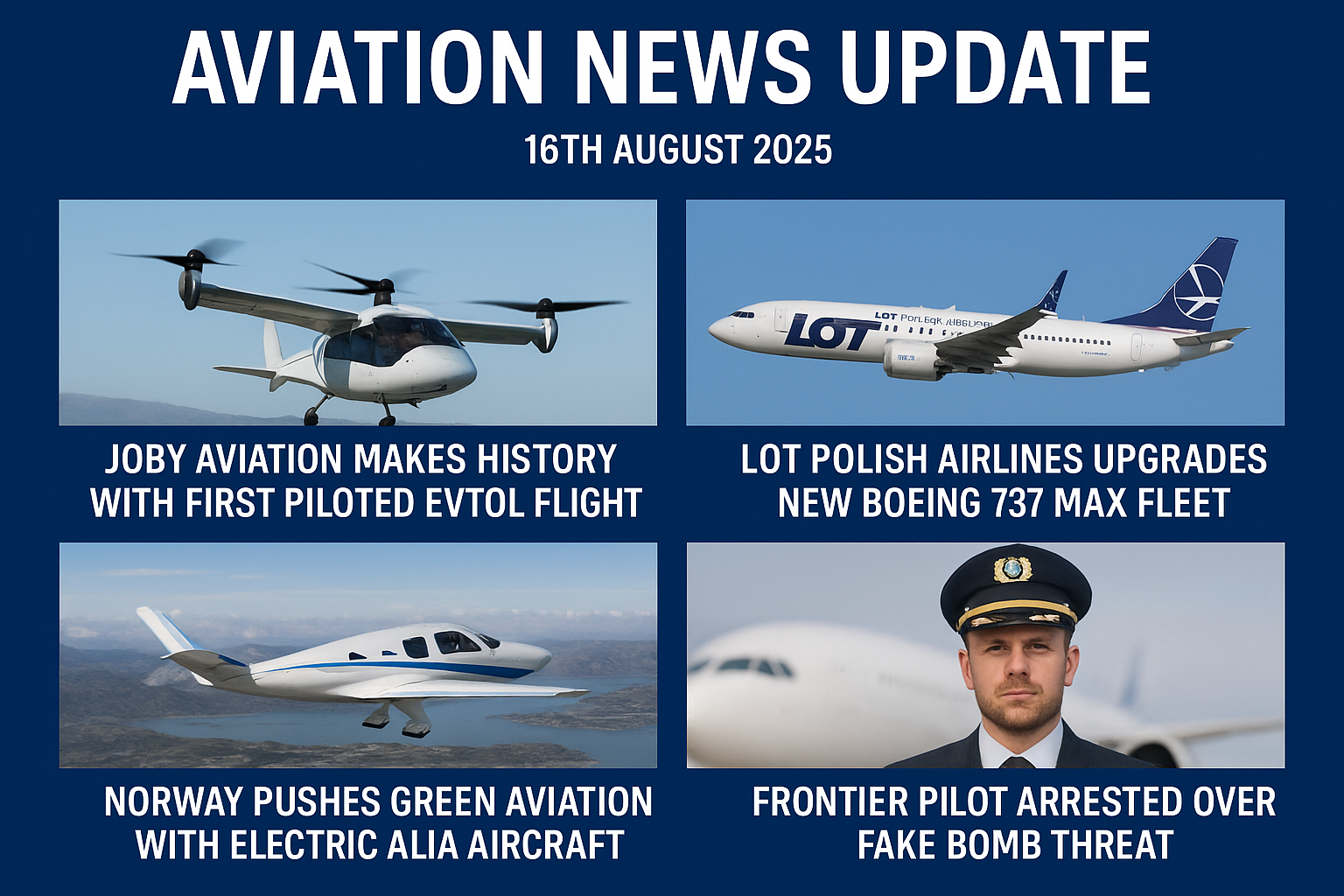

Aviation News Update – 16th August 2025
-


Visitors’ Pass Banned at Tribhuvan International Airport
-
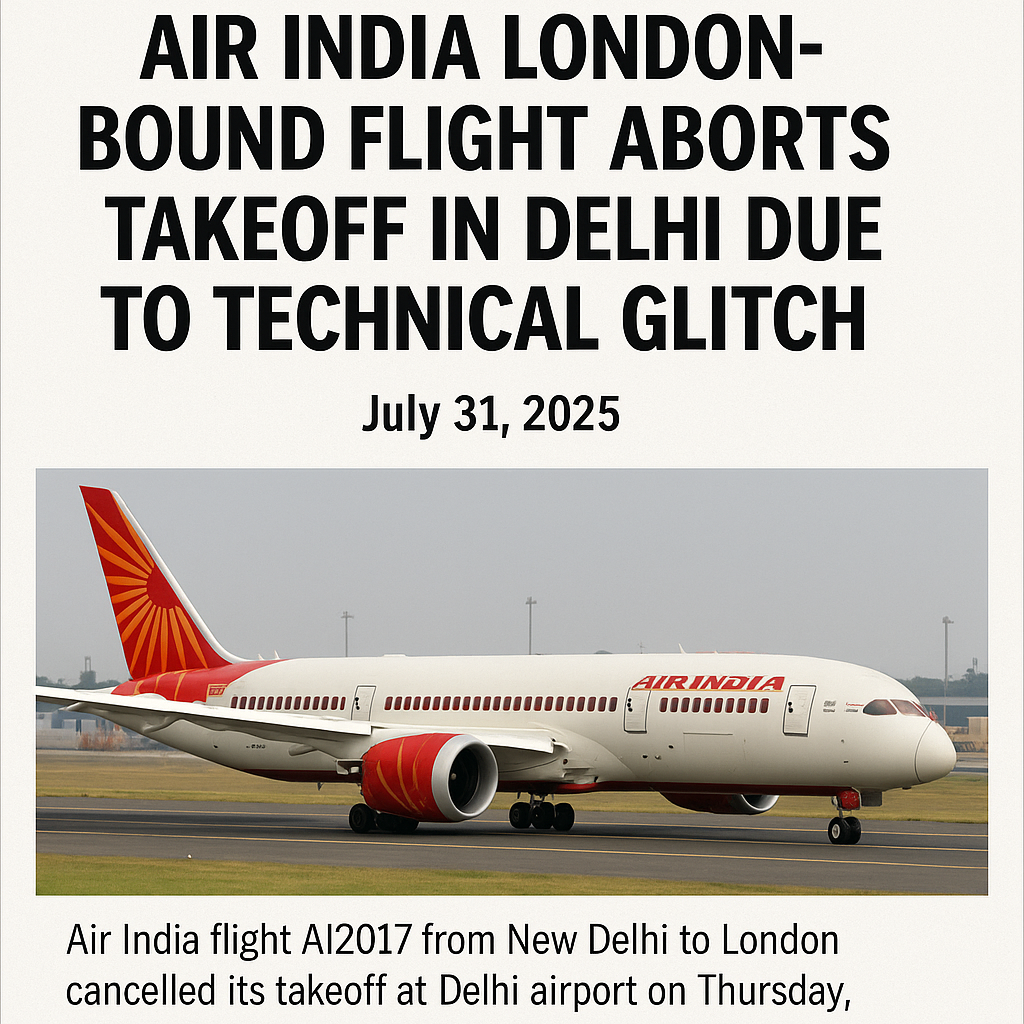

Air India London‑bound Flight AI2017 Aborts Takeoff in Delhi Due to Technical Glitch (July 31, 2025)
